QuantumScape solid-state cell reaches 1,000+ cycles in tests
QuantumScape reports its latest A0 prototype cell achieved over 1,000 full cycle equivalents with over 95% discharge energy retention in one of its prospective customer’s battery testing labs. This exceeded QuantumScape targets for commercialisation – namely 800 cycles and 80 per cent energy retention.
“QS is not aware of any automotive-format lithium-metal battery that has shown such high discharge energy retention over a comparable cycle count, at room temperature and modest pressure,” writes QuantumScape.
The company stresses, however, that this is the best-performing cell and that aspects such as reliability still need to be worked on.
“Nonetheless, this is an exceptional result.”
QuantumScape in its Letter to Shareholders
The result is indeed significant because the A0 prototype cell, like the cell intended for production, has 24 layers and features QuantumScape’s proprietary cell format. However, producing these cells in large quantities with high quality and reliability poses “significant challenges”.
“Since QSE-5 will have higher-loading cathodes and more efficient packaging than our A0 prototype cell, it will sustain higher current densities and be built with tighter margins, resulting in more stress on the cell. We also must continue to work on producing these cells in large volumes with high quality and reliability.”
QuantumScape introduced the 24-layer cell design in 2022 when it increased from 16 layers within a few months. The design accommodates Li-metal batteries’ expansion and contraction characteristics during charge and discharge.
The design shall build the base of QuantumScape’s first product. The QSE-5 announced this summer is to exhibit a charging capacity of around 5 Ah with an energy density of over 800 Wh/L. This is the performance some tests now exceeded. Moreover, QS explicitly references “the 2170 battery used in several leading EV models” – that’s Tesla – which has a typical capacity of ~4.5–5 Ah.
The company does not specify at which “potential customer” the tests occurred. In the summer, QuantumScape explicitly mentioned cooperation with a potential launch partner for the first time. Whether it is Volkswagen remains open.
Today’s report confirms “a prospective launch customer in the automotive sector” for QSE-5, but QS adds that the scale of this initial application is “small by design”. It still represents “an important vehicle proof of concept” to the company with the “potential to lead to other programs in the future”. The report further mentions applications across motorsport, passenger and commercial vehicles, including motorcycles, cars, trucks and SUVs.
QS summarises: “Together with the higher-loading cathode results (…), we have now separately demonstrated three key aspects of our production-intent cell design: 24 layers, higher cathode loading (~5mAh/cm2 ), and our new cell format. When these aspects are combined with improvements to packaging efficiency and manufacturing process control and automation for improved reliability, it forms the core of our first commercial product, QSE-5.”
The company also developed a new name for the hybrid cell format to be used in said first commercial product. Now called FlexFrame, the form combines conventional pouch and prismatic cell designs and is designed to pack the same number of layers, with more energy per layer, into a slimmer package to occupy less space in EVs, writes QS. More specifically, FlexFrame combines a rigid frame, which provides structural stability, with a flexible polymer outer layer, which allows the face of the cell to expand and contract within the fixed exterior dimensions of the frame.
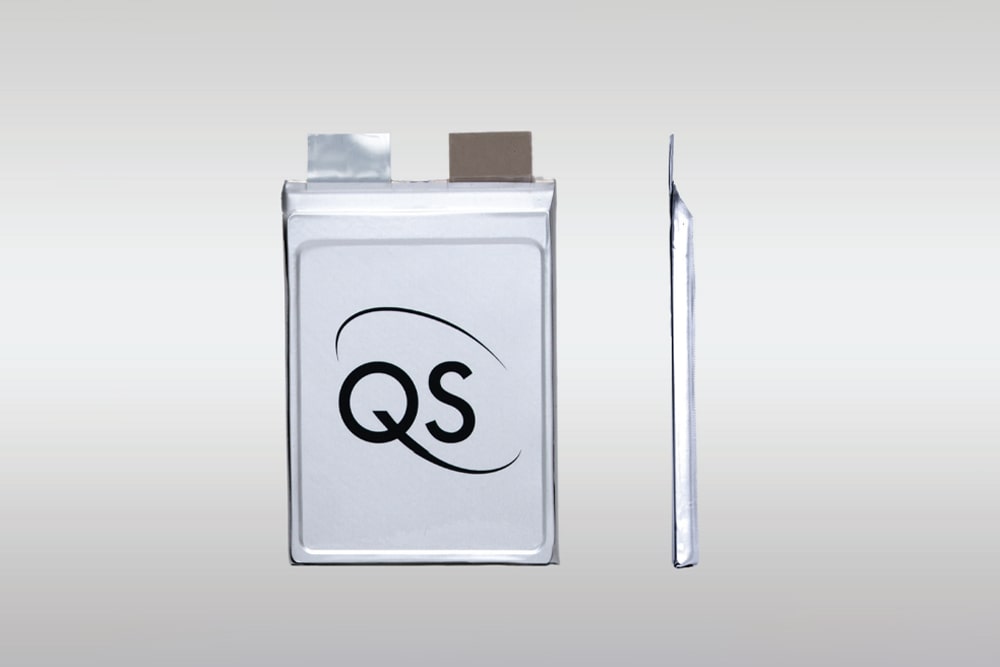
Design and development aside, manufacturing (at scale), of course, remains the main challenge. QS reports it began the qualification of its fast separator heat treatment process (Raptor), which involved producing films, gathering data on their quality and consistency, and using that feedback to refine specs. QS claims Raptor is designed to deliver up to three times as much throughput using similar equipment as our last-generation process while applying less energy per separator. “We continue to target deployment of Raptor by the end of the year,” says QS.
The company already mentioned improving separator manufacturing in autumn 2022 to avoid impurities. In Quantumscape cells, a ceramic separator isolates the cathode from the anode, allowing the company to experiment with otherwise incompatible materials. The design offers better low-pressure performance, improved low-temperature behaviour at -30 degrees Celsius, better high-rate support, and enhanced cell reliability compared to the first-generation catholyte, the company says.
Separator production and cell assembly of sample cells still happen on the QS-0 pilot line in San José. Automation, such as unit-cell assembly equipment, commences. QS says, “Overall, we are pleased with our manufacturing scale-up progress, but more work remains, including continuing to drive our defect reduction and quality improvement initiatives, integrating advanced metrology and data collection, and developing additional process automation”.
Regarding said scale-up, QS hired Dr Siva Sivaram as President this autumn. He is charged with bringing battery technology into high-volume production. Sivaram served as President at Western Digital, a global solid-state and magnetic data storage company. Before that, he held leadership roles at technology companies, including SanDisk, Matrix Semiconductor and Intel.

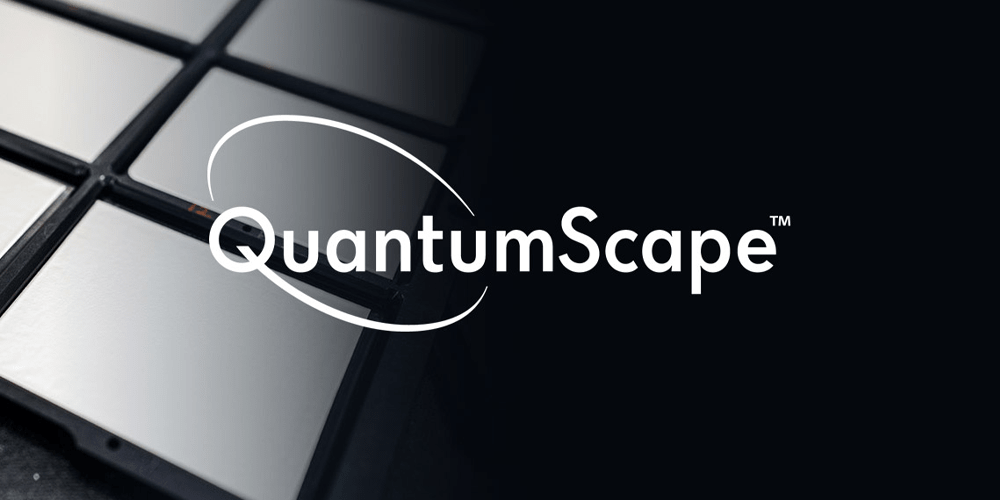
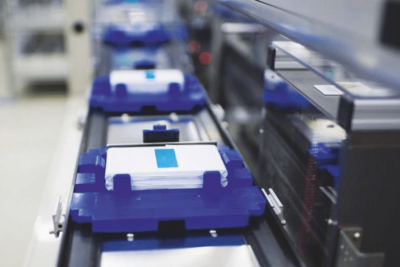
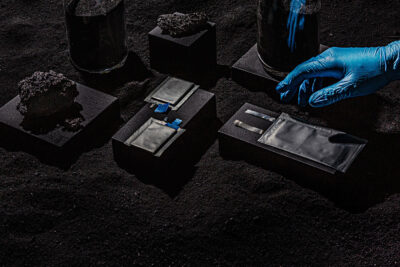
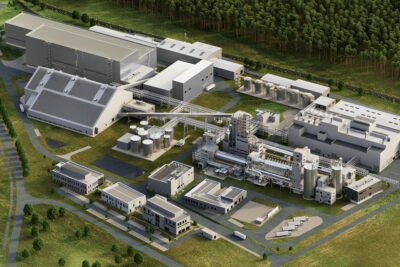
1 Comment